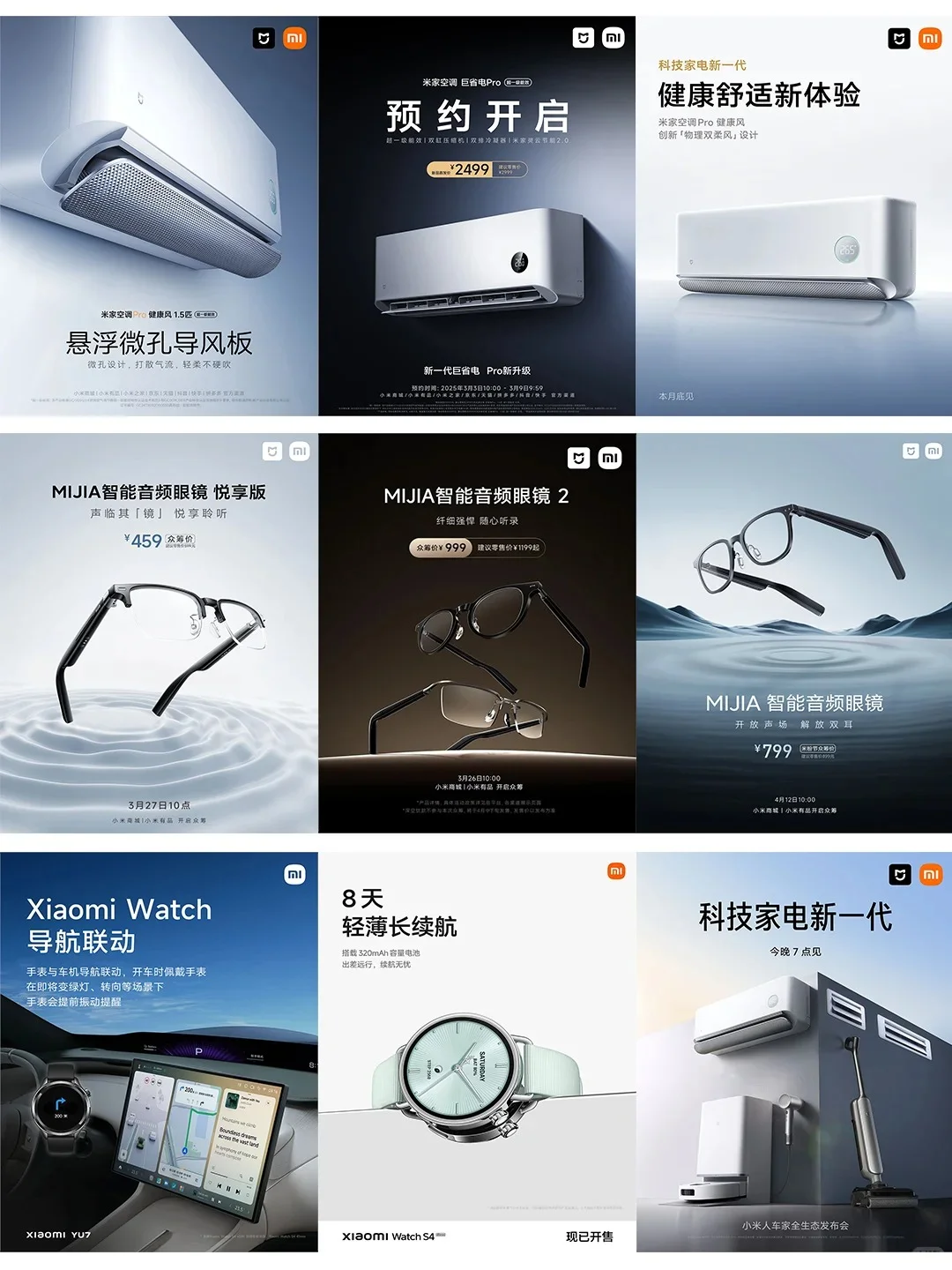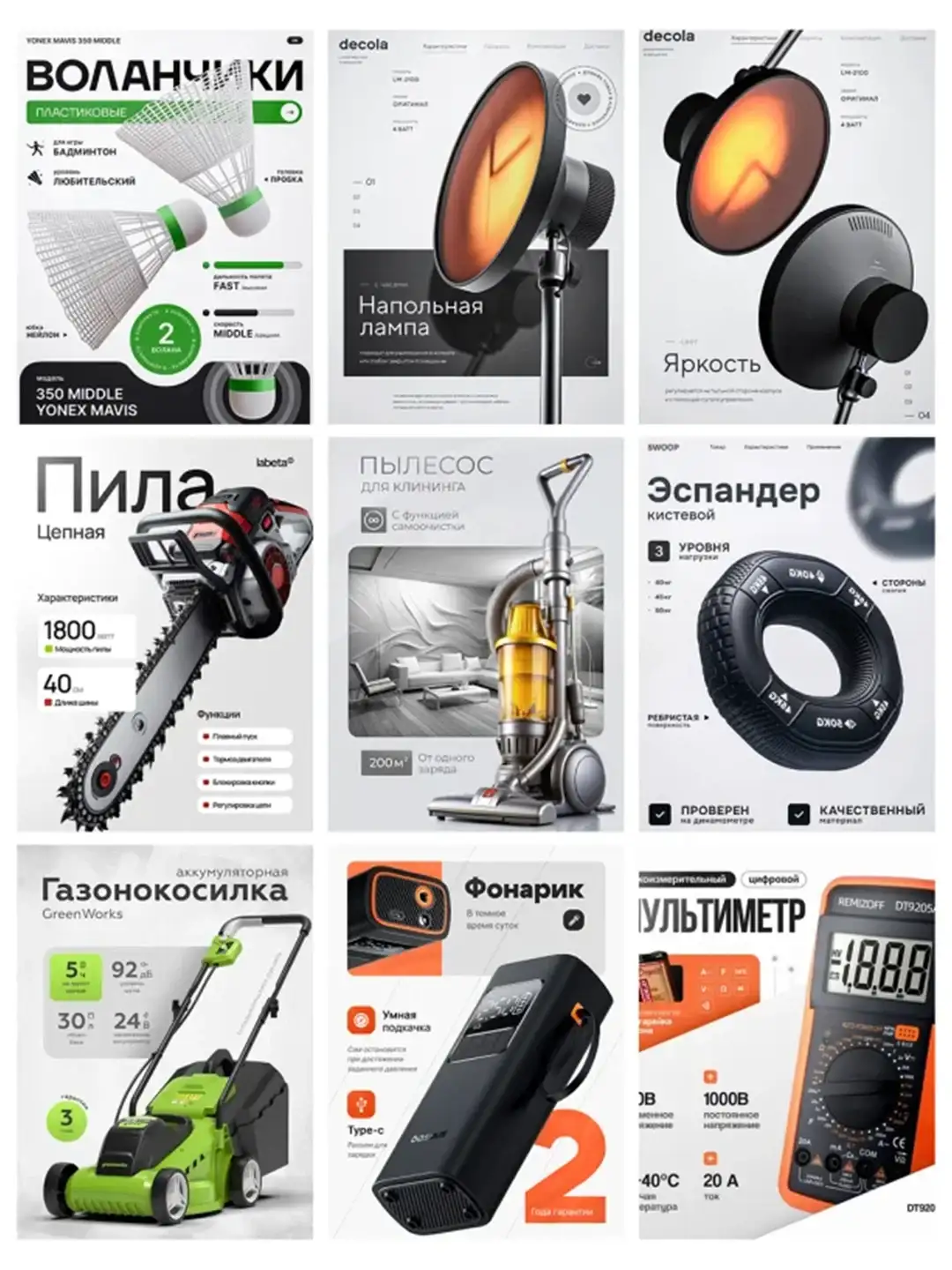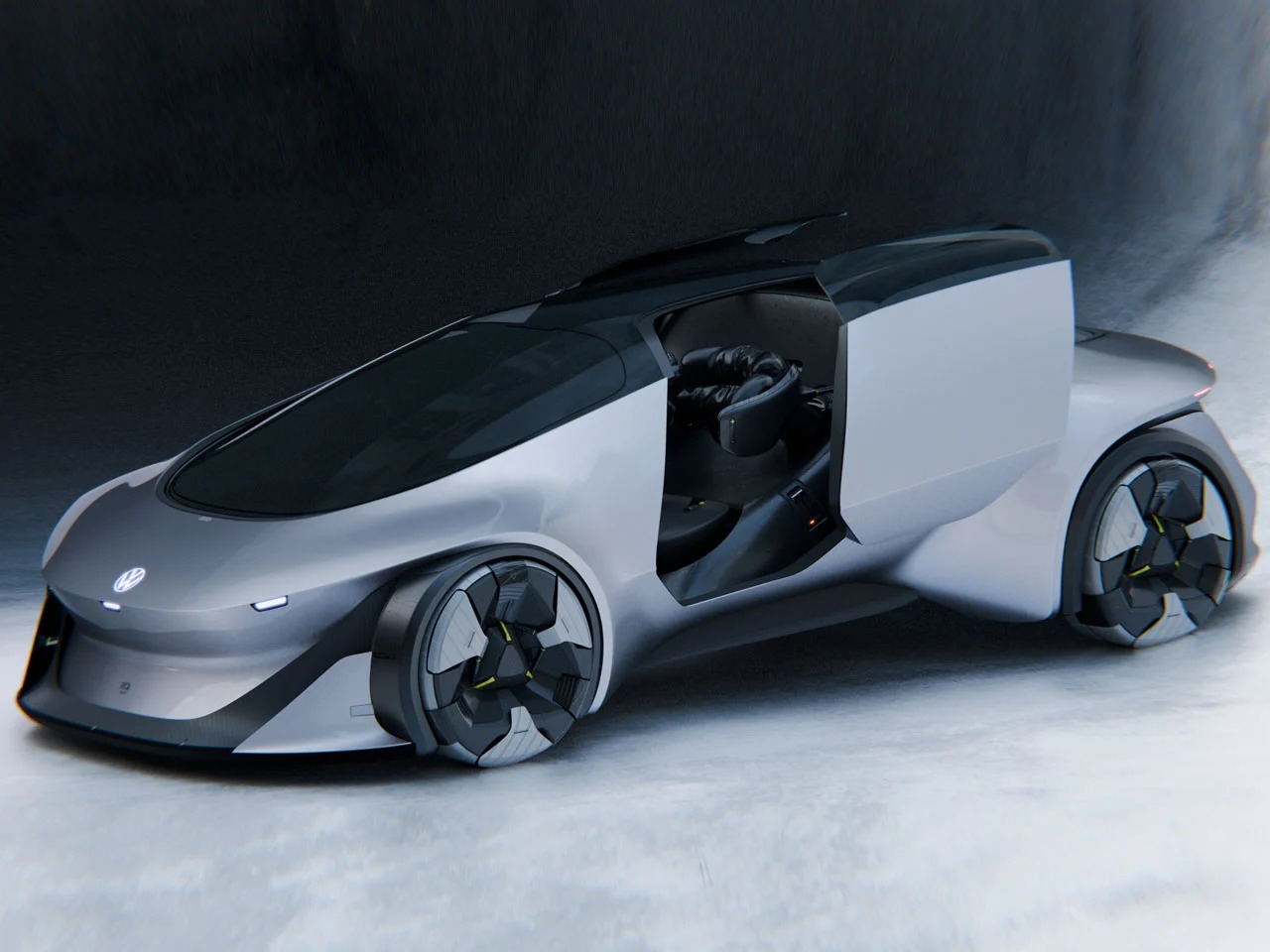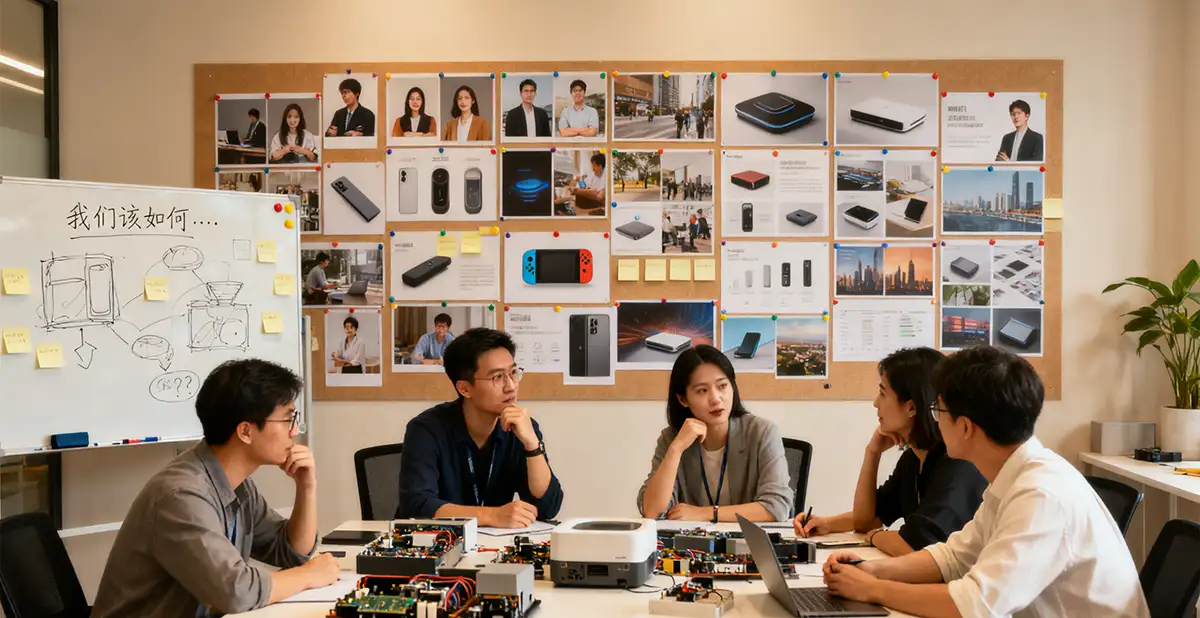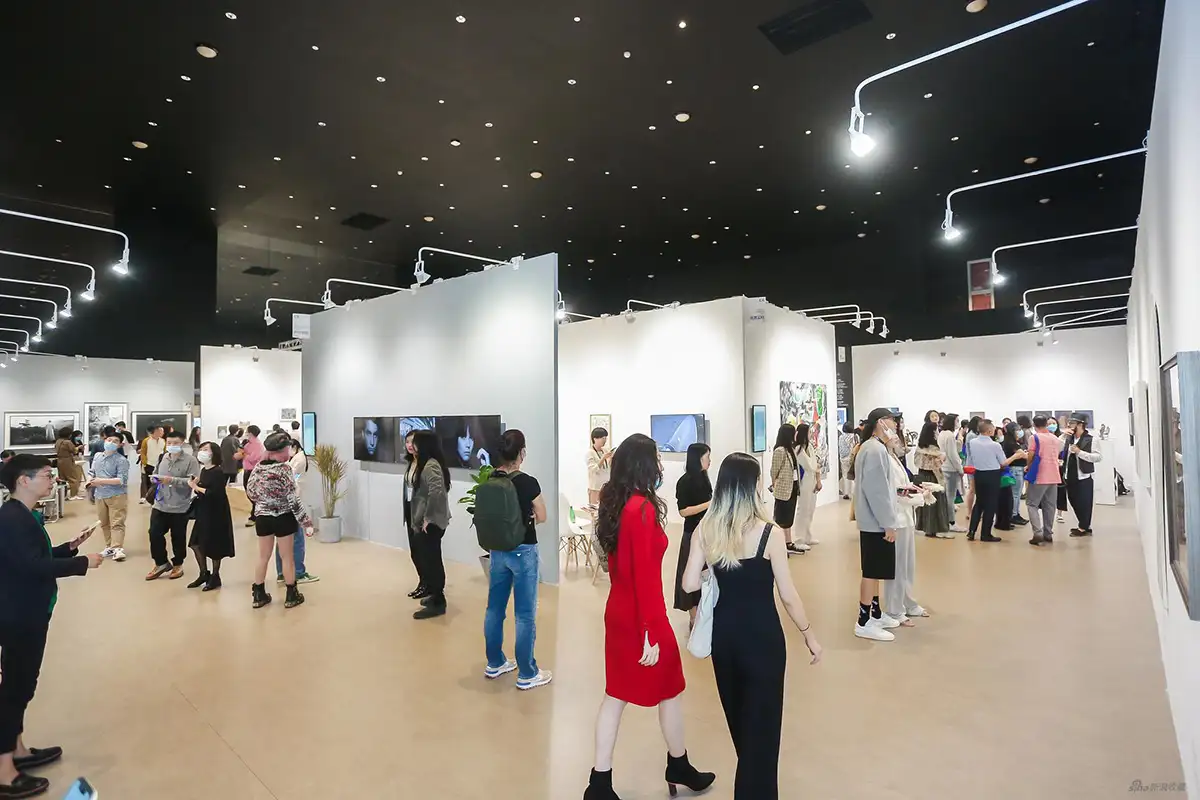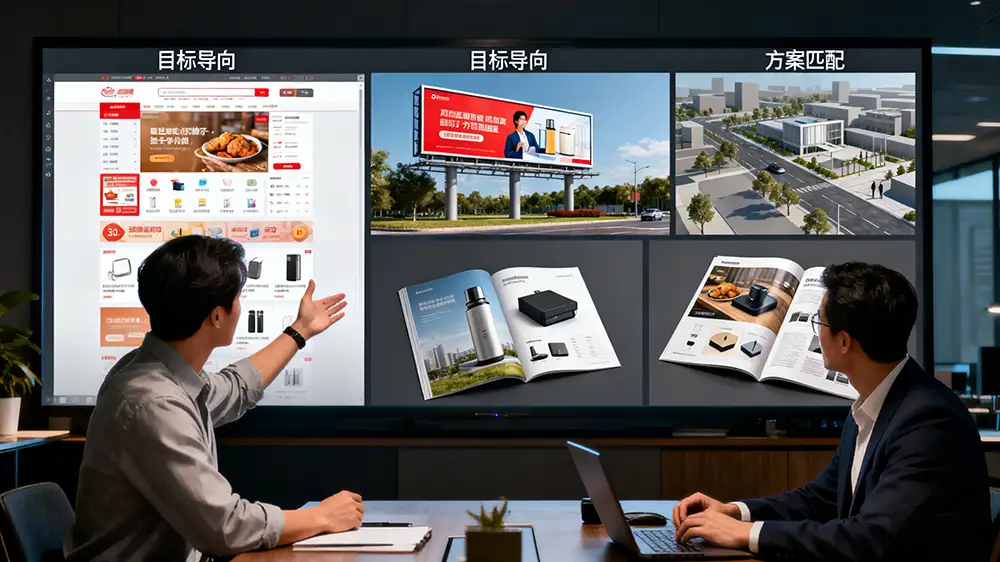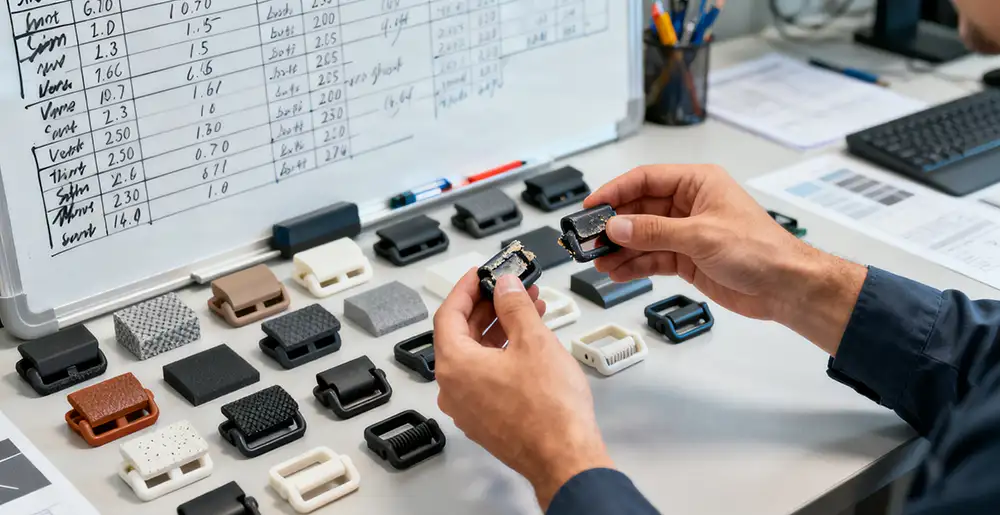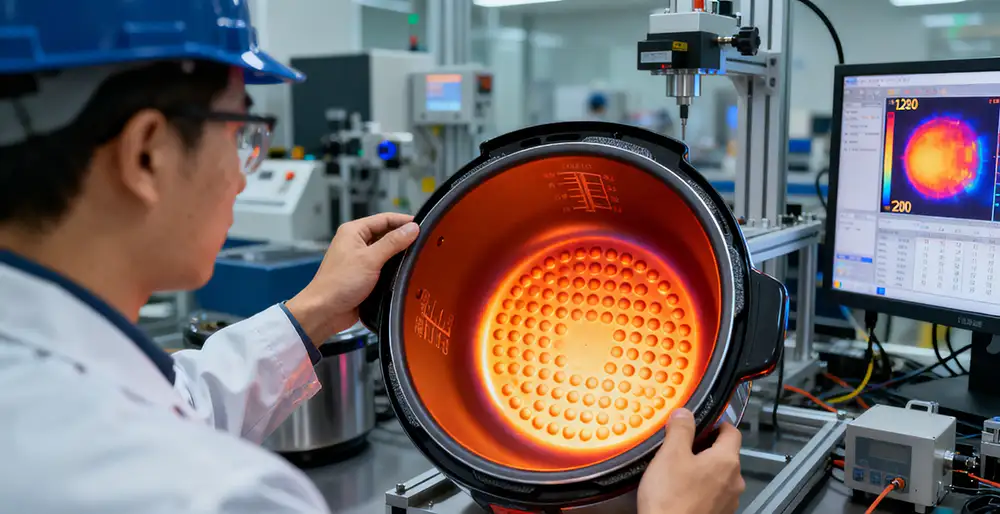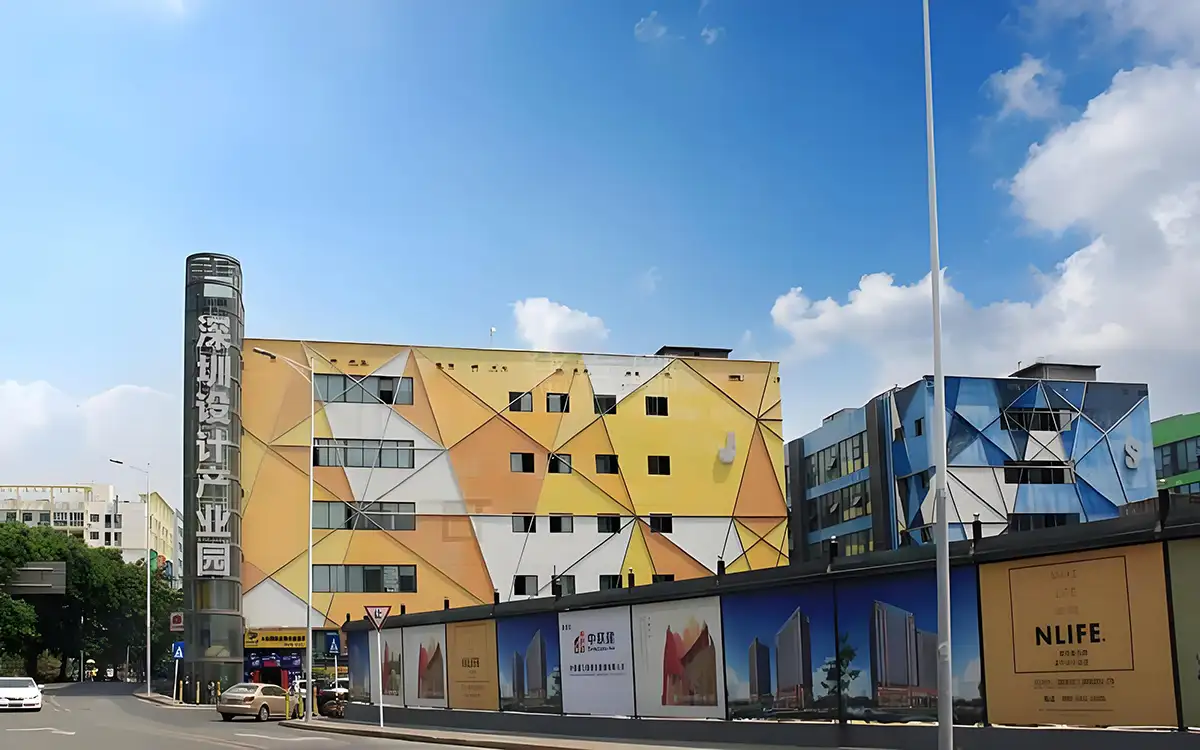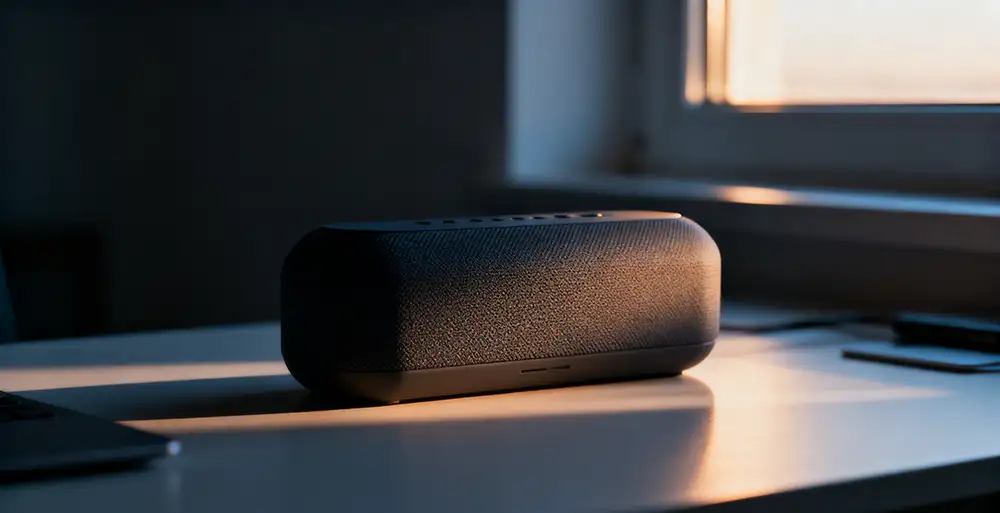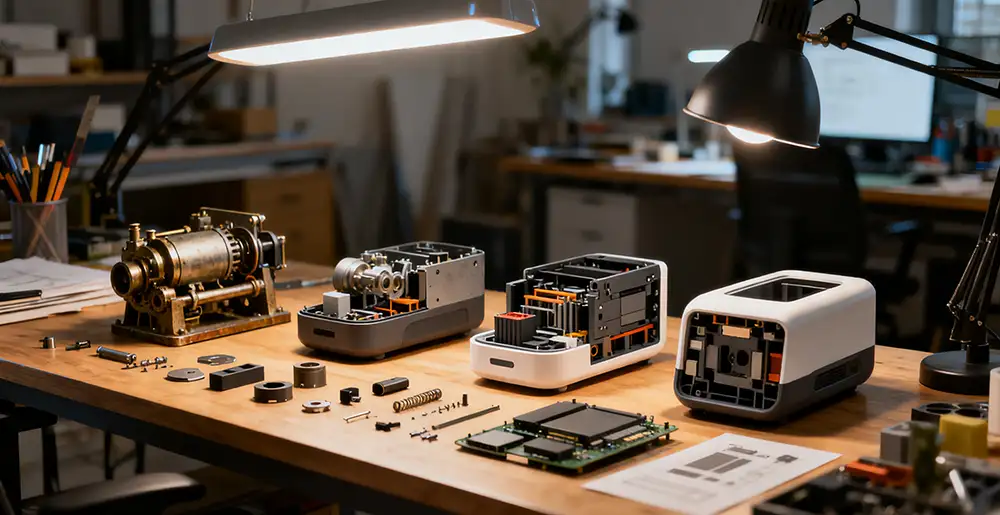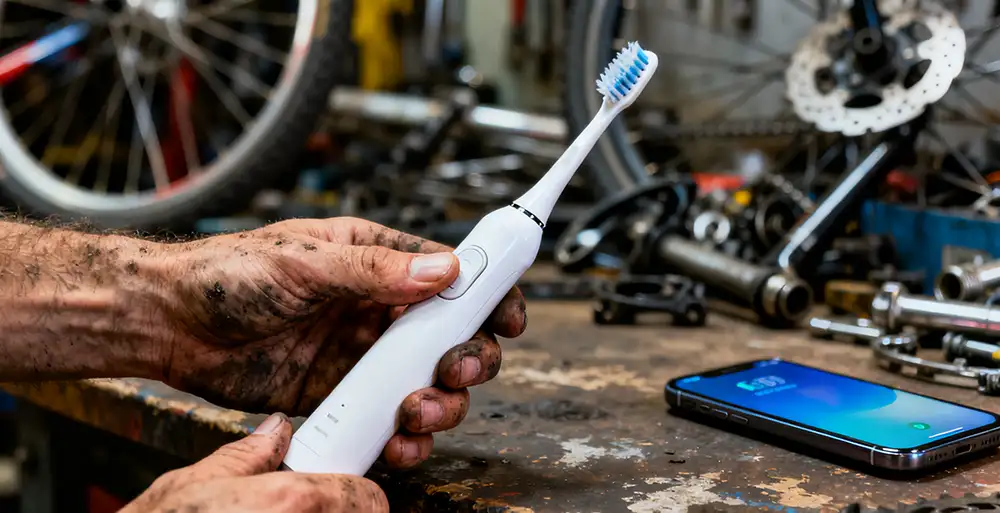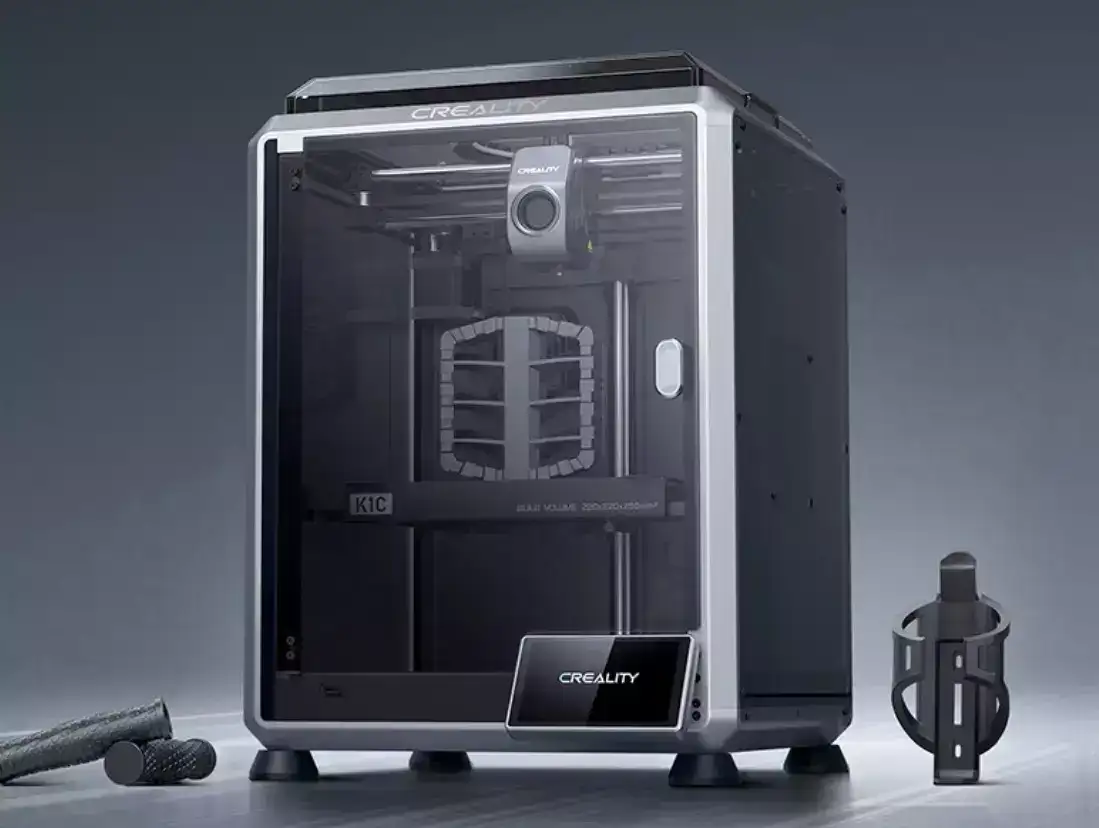NINEIDEA:在设计发展的长河中,工业设计理念不断演变。曾经,“功能优先” 主导设计领域,产品着重满足实用需求。但随着时代发展,人们对产品要求不止于功能,“情绪设计” 应运而生,为设计带来全新视角与价值。
“功能优先” 理念的兴起与局限
兴起背景:工业革命后,大规模生产兴起,人们对产品的需求集中在满足基本生活与生产功能。例如早期的汽车,主要功能是实现高效的人员与货物运输,设计重点在发动机性能、车身结构稳固等方面。在电子设备领域,如早期的手机,首要任务是实现可靠的语音通话功能,外观与操作设计相对简单,以满足通话清晰、信号稳定为目标。
局限显现:当市场产品功能趋于同质化,仅靠功能难以脱颖而出。以智能手机为例,众多品牌手机在硬件性能上差距缩小,仅强调处理器速度、摄像头像素等功能参数,无法吸引消费者。同时,功能优先理念下的产品可能忽视用户情感体验,如办公家具,虽具备基本的坐、放物品功能,但不符合人体工程学,长时间使用易致疲劳,影响用户情绪与工作效率。
“情绪设计” 的崛起与内涵
崛起原因:社会进步,人们生活品质提升,开始追求产品带来的愉悦、舒适等情感体验。消费者购买产品不仅为功能,也为满足心理需求。如购买一款精美的香薰机,除看重其散发香气净化空气功能,还希望它能营造温馨放松氛围,舒缓情绪。社交媒体时代,产品成为自我表达与社交互动载体,具备独特情感魅力的产品更易引发分享与传播。
内涵解读:“情绪设计” 关注用户情感反应,从产品外观、材质、交互等全方位营造积极情绪。外观上,独特造型与色彩搭配可激发情感共鸣,如圆润可爱的加湿器造型,搭配柔和色彩,给人温馨亲切之感。材质选择也影响情绪,天然木材的温润质感、柔软织物的舒适触感,能让人产生愉悦安心情绪。交互设计方面,简单便捷且有趣的操作,如智能音箱语音交互的幽默回应,可提升用户满意度与愉悦感。
从 “功能优先” 到 “情绪设计” 的转变策略
深入用户洞察:设计师需深入了解用户生活、情感与需求,不仅通过问卷访谈,更要观察用户真实使用场景。例如观察年轻人在咖啡馆使用笔记本电脑,发现他们不仅关注电脑性能,还在意其外观能否彰显个性,由此在设计中融入时尚元素,满足情感需求。
功能与情感融合:以用户情感为导向优化功能设计。如运动手环,除具备基本运动监测功能,增加睡眠监测与压力分析功能,并以直观有趣图表呈现数据,帮助用户了解身体与情绪状态,在满足功能同时给予关怀与鼓励,实现功能与情感深度融合。
打造品牌情感体验:品牌需塑造独特情感形象与价值观。苹果公司以简洁优雅设计、高品质用户体验传递创新、高端生活方式理念,消费者购买苹果产品,不仅获得功能,还融入其代表的生活态度与情感社群,提升品牌忠诚度与认同感。
“情绪设计” 的影响与未来
对设计行业影响:促使设计师跨领域学习心理学、社会学等知识,提升综合素养。推动设计方法创新,出现更多以情感为驱动的设计工具与流程。不同设计领域相互借鉴融合,如产品设计借鉴室内设计营造空间氛围手法,为产品赋予情感场景。
未来发展趋势:随着人工智能、物联网技术发展,“情绪设计” 将更精准智能。产品可感知用户情绪状态,自动调整功能与交互。如智能家居系统,根据用户疲惫情绪自动调暗灯光、播放舒缓音乐。虚拟与现实融合设计中,“情绪设计” 拓展至虚拟空间,为用户带来沉浸式情感体验,如虚拟现实游戏场景与角色设计,增强用户情感投入。
@NINEIDEA九号创新 www.nineidea.com
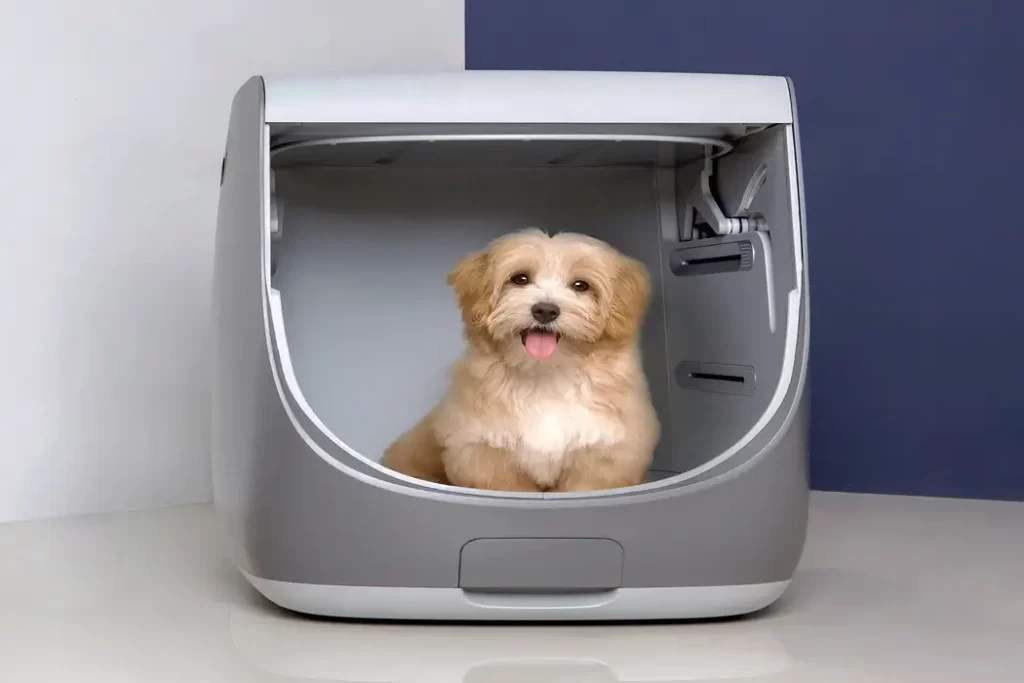
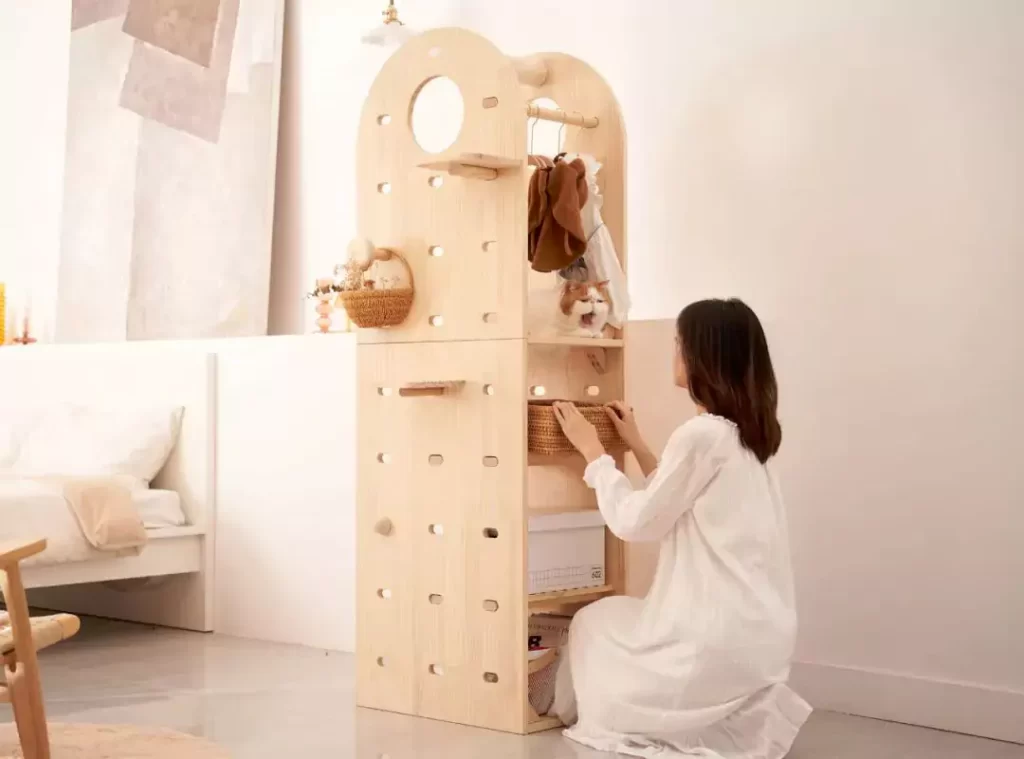
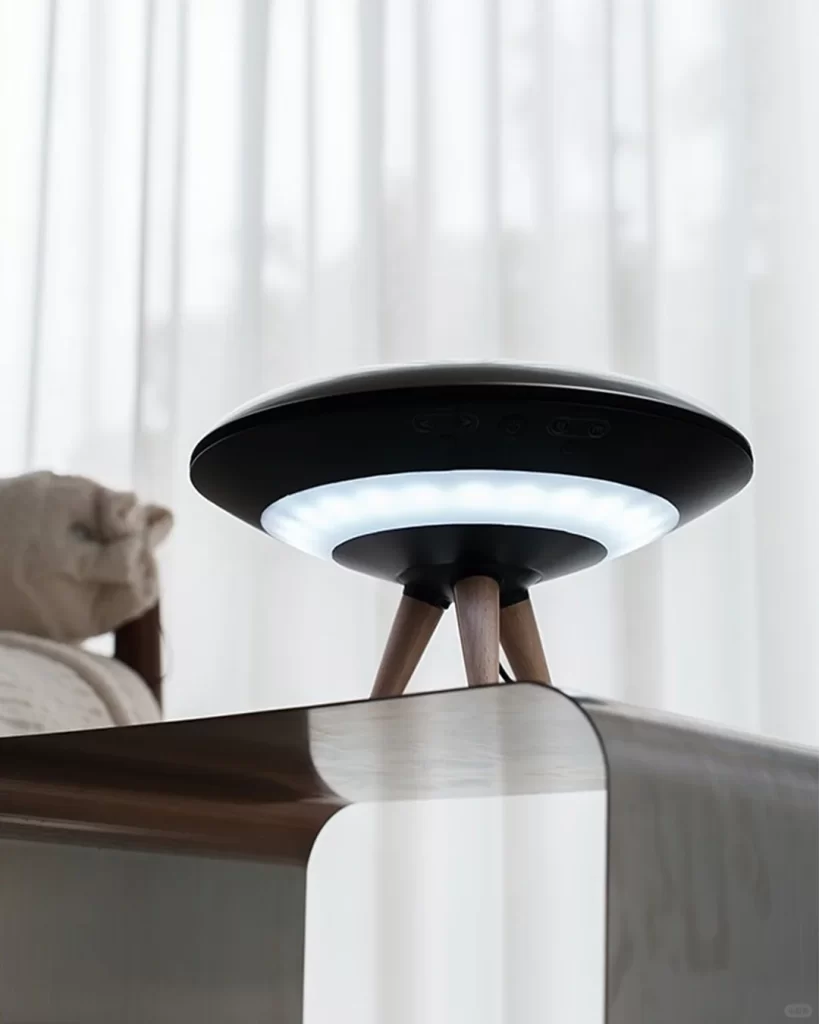
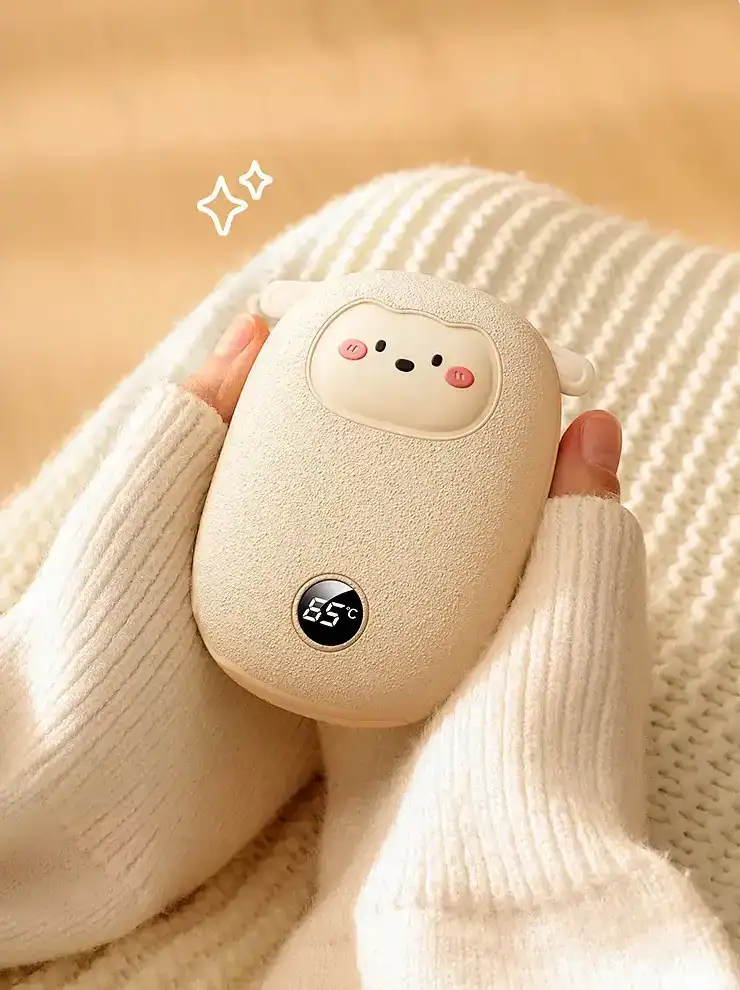
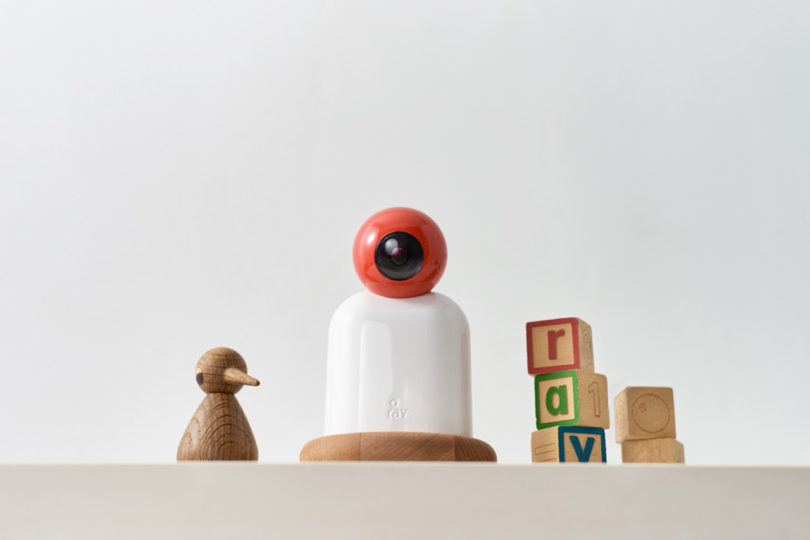
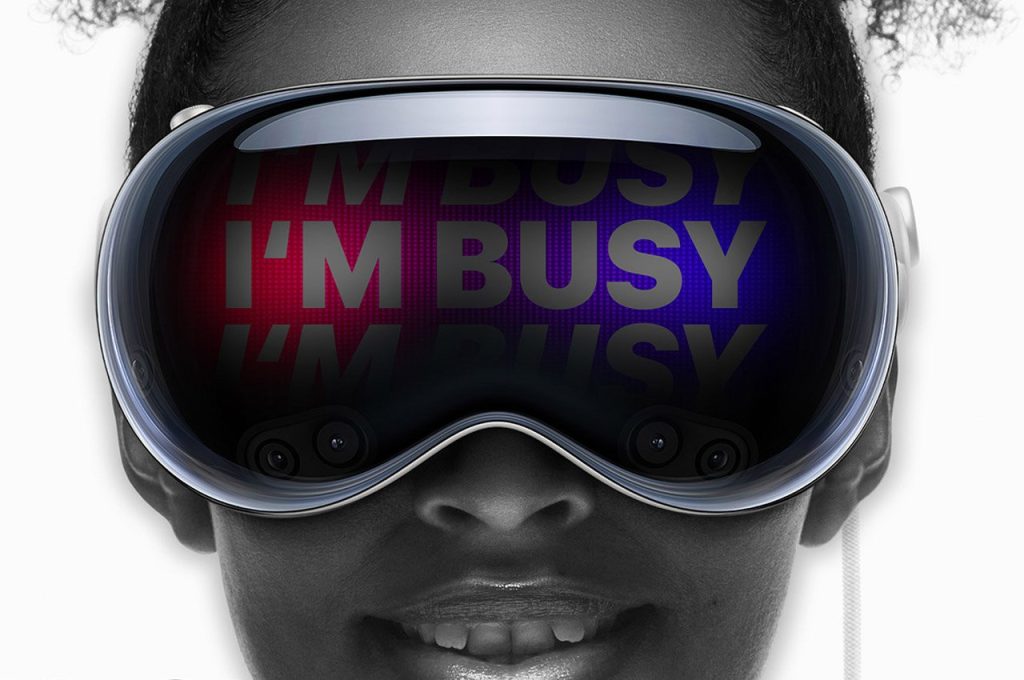
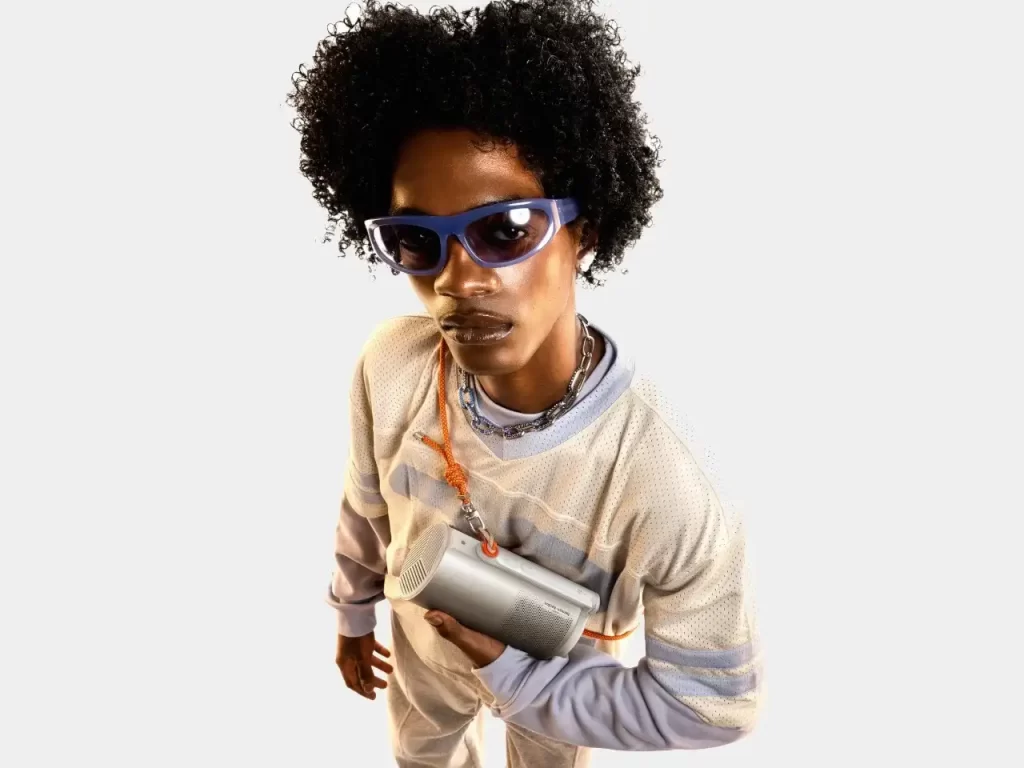

The Transformation and Sublimation of Industrial Design Concepts: From “Functional Priority” to “Emotional Design”
NINEIDEA: In the long river of design development, the concept continues to evolve. In the past, “function first” dominated the design field, with products focusing on meeting practical needs. But with the development of the times, people’s requirements for products go beyond functionality, and “emotional design” has emerged, bringing a new perspective and value to design.
The Rise and Limitations of the “Function First” Concept
Background: After the Industrial Revolution, large-scale production emerged, and people’s demand for products focused on meeting basic living and production functions. For example, in the early days of automobiles, the main function was to achieve efficient transportation of personnel and goods, with a design focus on engine performance, stable body structure, and other aspects. In the field of electronic devices, such as early mobile phones, the primary task is to achieve reliable voice call functionality, with relatively simple appearance and operation design to meet the goals of clear calls and stable signals.
Limitations manifest: When the functions of market products tend to be homogeneous, it is difficult to stand out solely based on their functions. Taking smartphones as an example, the gap in hardware performance among many brands has narrowed, and only emphasizing functional parameters such as processor speed and camera pixels cannot attract consumers. At the same time, products under the principle of prioritizing functionality may overlook user emotional experience, such as office furniture. Although it has basic functions of sitting and placing items, it does not conform to ergonomics, and long-term use can easily cause fatigue, affecting user emotions and work efficiency.
The Rise and Connotation of “Emotional Design”
Reason for Rise: Social progress, improvement in people’s quality of life, and pursuit of emotional experiences such as pleasure and comfort brought by products. Consumers purchase products not only for functionality, but also to meet their psychological needs. If you purchase a beautiful aromatherapy machine, besides valuing its ability to emit fragrance and purify the air, you also hope that it can create a warm and relaxing atmosphere and soothe emotions. In the era of social media, products have become carriers of self-expression and social interaction, and products with unique emotional charm are more likely to trigger sharing and dissemination.
Interpretation of connotation: “Emotional design” focuses on user emotional reactions, creating positive emotions from all aspects such as product appearance, materials, and interaction. Visually, the unique design and color combination can evoke emotional resonance, such as the round and cute humidifier shape, paired with soft colors, giving people a warm and friendly feeling. The choice of material also affects emotions. The warm texture of natural wood and the comfortable touch of soft fabrics can create a pleasant and reassuring mood. In terms of interaction design, simple, convenient, and fun operations, such as humorous responses in smart speaker voice interaction, can enhance user satisfaction and pleasure.
The transformation strategy from “functional priority” to “emotional design”
In depth user insights: Designers need to have a deep understanding of users’ lives, emotions, and needs, not only through questionnaire interviews, but also by observing users’ real usage scenarios. For example, observing young people using laptops in coffee shops, it is found that they not only focus on computer performance, but also on whether its appearance can showcase personality, thus incorporating fashion elements into the design to meet emotional needs.
Integration of Function and Emotion: Optimizing Function Design Guided by User Emotions. Like sports wristbands, in addition to basic exercise monitoring functions, they also add sleep monitoring and stress analysis functions, and present data in intuitive and interesting charts to help users understand their physical and emotional states. While meeting their functions, they provide care and encouragement, achieving a deep integration of functionality and emotion.
Creating a brand emotional experience: Brands need to shape unique emotional images and values. Apple Inc. conveys innovation and high-end lifestyle concepts through simple and elegant design, high-quality user experience. Consumers who purchase Apple products not only gain functionality, but also integrate into their representative attitudes and emotional communities, enhancing brand loyalty and identity.
The Influence and Future of ‘Emotional Design’
Impact on the design industry: Encouraging designers to cross disciplinary study of psychology, sociology, and other knowledge to enhance their comprehensive literacy. Promote innovation in design methods and the emergence of more emotion driven design tools and processes. Different design fields draw on and integrate with each other, such as product design drawing inspiration from interior design to create a spatial atmosphere and imbue products with emotional scenes.
Future development trend: With the development of artificial intelligence and IoT technology, “emotional design” will become more precise and intelligent. The product can perceive the user’s emotional state and automatically adjust its functions and interactions. Like a smart home system, it automatically dims the lights and plays soothing music based on the user’s tired mood. In the integration of virtual and reality design, “emotional design” extends to virtual spaces, bringing users immersive emotional experiences, such as virtual reality game scenes and character design, enhancing users’ emotional investment.
@NINEIDEA九号创新 www.nineidea.com










